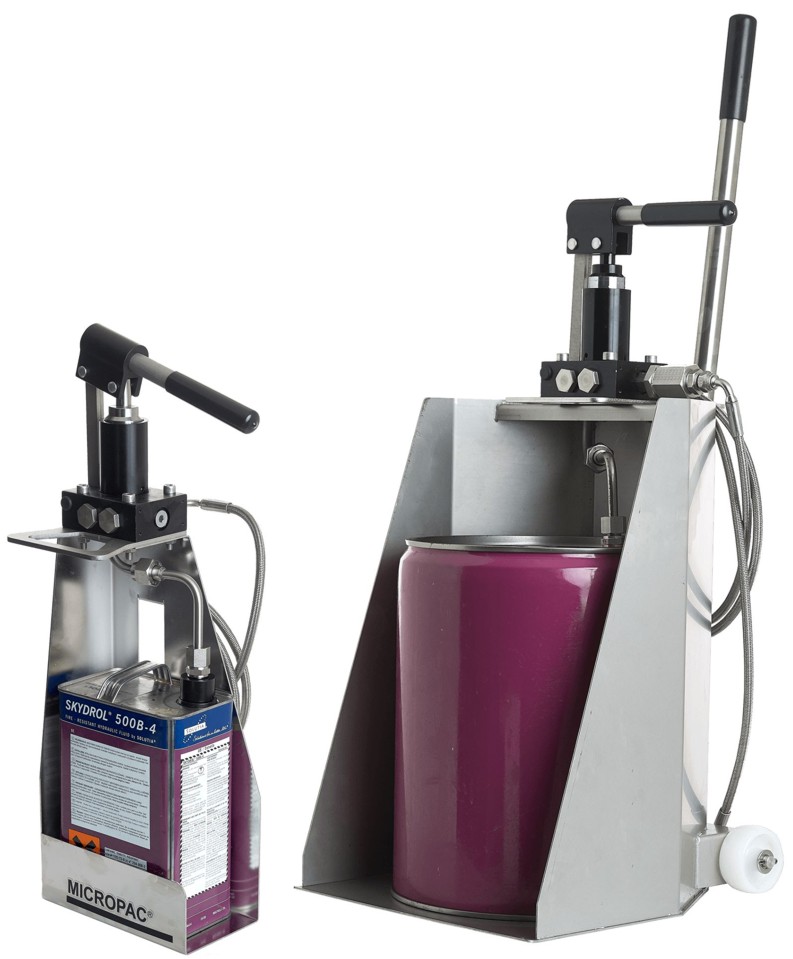The issue of shelf life
You wouldn’t buy sausages when the shelf life was just about to expire and expect them to be good three weeks later; so why do we do this with elastomeric seals and sealants?
Why would any manufacturer buy materials that are nearly past their sell-by date when for the same money you could have the proper thing?
And who would risk the quality of their manufacture with materials that have “gone off” and may not be reliable or even able to do the job they need to?
Remember that it isn’t just elastomeric products that have a shelf life. Adhesives, paints and sealants do as well.
Why is shelf life even important?
The problem with seals is that they may well be serviceable for decades and that degradation may not even be apparent until it is serious. And even if elastomeric seals are carefully controlled, what is often overlooked are the shelf lives on adhesives and sealants. As a manufacturer, I am amazed at both how short the shelf life is with some of these products and how dramatically the performance can degrade once they become “old”. On elastomeric products, they can carry on functioning for ages whereas it seems to me that out of date sealants and adhesives may very well have inferior performance. On top of that, where the application of the compound is a “special process” you may well not be testing their performance anyway.
Problems of supply
Yet, if we buy in hydraulic equipment or seals, how old are the seals? It never seems to me to be an unreasonable question to ask of a supplier, although how often is the request fudged, ignored or people are incredulous that somebody actually wants to know?
I think the assumption is that anybody who manufactures using elastomeric products or even just sells service kits has a quality system that rotates stock and discards “out of date” material, whatever that means to different people. Any ISO9001 firm should provide this confidence when buying from them. In reality, dealing with decent manufacturers and not buying from chancers who have had stuff in stock for years has to be a reasonable place to start if you cannot obtain cure and discard dates.
If the aerospace industry cannot tolerate special processes that don’t work properly because materials are beyond shelf life, I think there is good reason to buy from suppliers like Silmid who service this industry. I do worry about short shelf life items stocked down a supply chain.
Problems in the workshop:
Most manufacturers have a QA system set up to control cure dates. For the standard elastomeric products, this usually provides adequate control, but for the assorted day-to-day consumables it may not – even though there may be a “use by” date printed on the tubes of sealant or adhesive, do these items follow the same QA procedure as seals? You would hope that the items are recent manufacture, but this can’t be guaranteed, and the age is adhesives and sealants can badly affect their performance.
When buying elastomers or other items, needless to say, bulk buying of materials when a lot of it will have to be thrown away because it ends up out of date is no bargain.
The basics for ensuring shelf life
We all focus on seals, where decent QA procedures can make things easy. Only buy with, say 90% of the shelf life remaining: it does not cost any more to buy in the seals that you need rather than “old stock”. Buy in light tight bags. Label up the bags with cure dates and set a “use by date”.
For adhesives and sealants, work these into your existing QA system. As well as buying items with 90% of shelf life remaining, check the shelf life of items when they come in to your workshop and label them in the same way as elastomeric items.
In addition to this, keep an eye on the recommended shelf life for items. In the US, for example, shelf life recommendations can vary significantly. Base your recommendations on the British Standard.
Keep and eye on how your subcontractors use and control “lifed” items. If it is a “small job”, it may seem easy to use a squirt of something that they have had around for years. Well, I am sorry, you are a risk to our business if it is past its discard date.
In summary: items that are beyond their shelf life can degrade very fast, and badly affect the quality of your products. It’s always worth checking with suppliers for any parts that are bought in to ensure a long shelf life. The QA system in your workshop should monitor the shelf life of all items that are likely to degrade, including seals, adhesives and sealants.
Sarum Hydraulics is an ISO 9001:2008 accredited company, with stringent quality control in place over its consumable stock. We’ll always be happy to confirm the seal manufacture/expiry dates for a batch, including pumps purchased online at Pump Shop Pro.






Leave A Comment